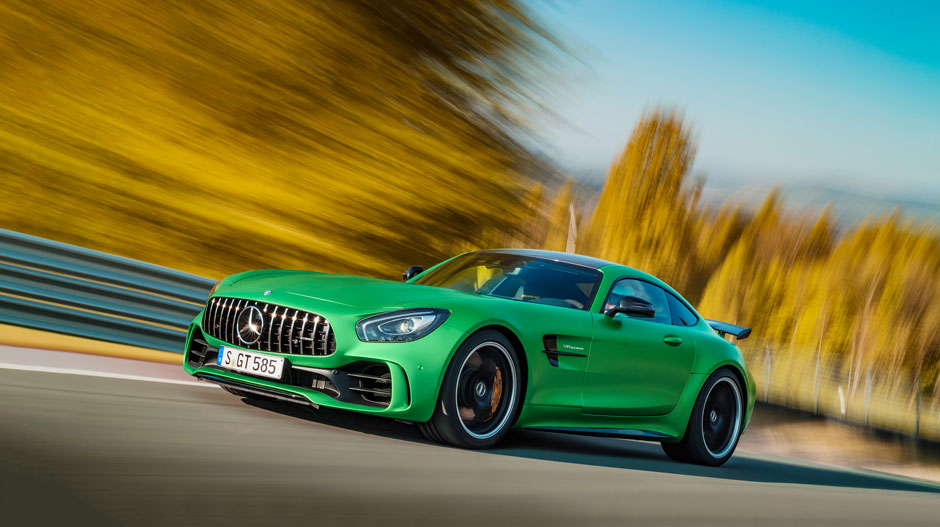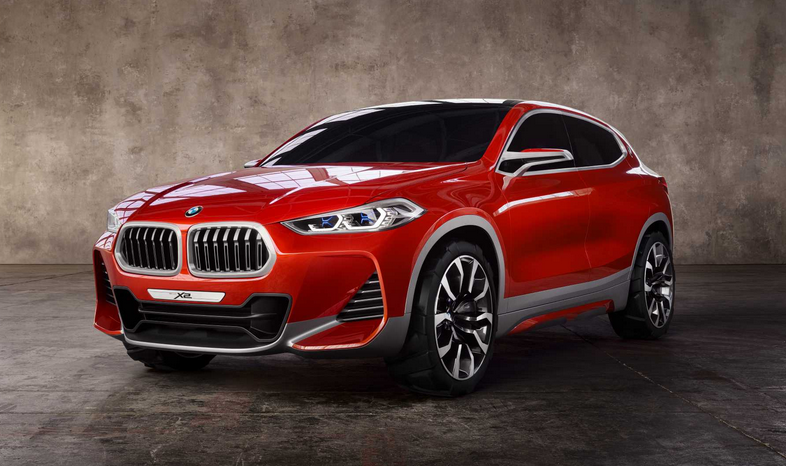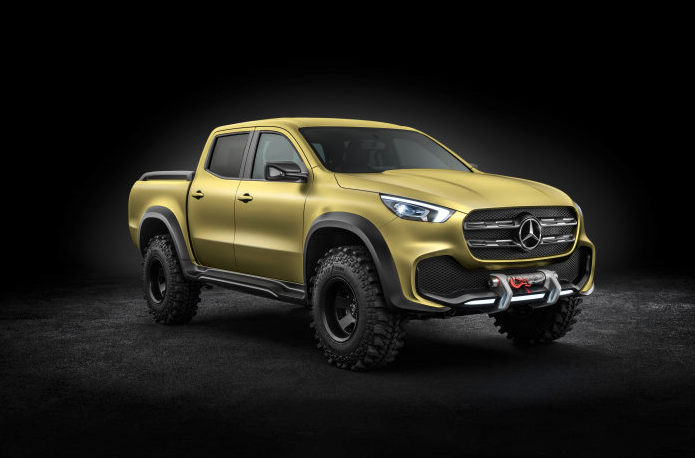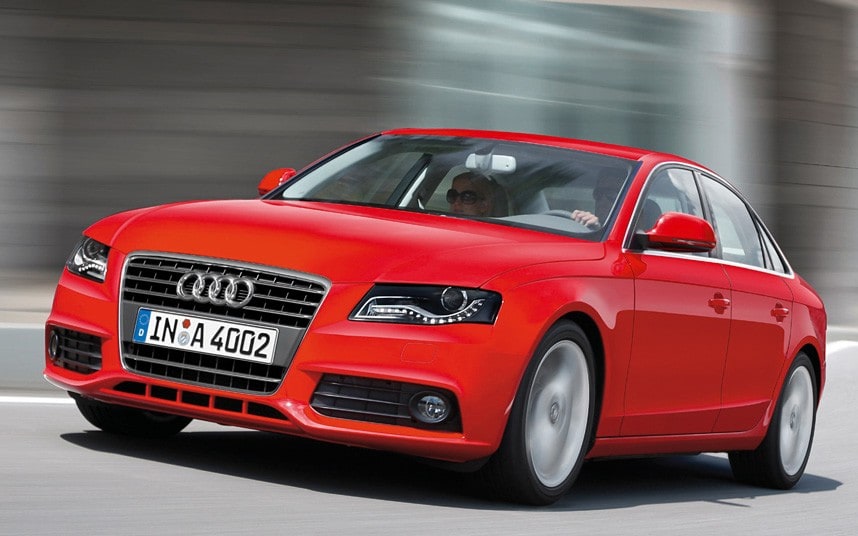The Evolution of the Fifth-Generation Ford Mustang
- The fifth-generation Ford Mustang reestablished the look of classic Mustangs, with a fresh twist called retro-futurism
- The 2005 Mustang was built on a new rear-wheel-drive platform that was unique to Mustang, the first time in the car’s history it did not share a platform with other cars
As the end of the last millennium approached, computer programmers everywhere scrambled to make sure the world wouldn’t go dark when clocks ticked over to Jan. 1, 2000, and designers at Ford again turned their attention to the future of Mustang.
After a near-death experience a decade earlier when the Mustang name was very nearly applied to a front-wheel-drive coupe that ultimately became the Ford Probe, the pony car gained a new lease on life with the success of the fourth-generation car that debuted as a 1994 model. Yet despite being extensively reengineered from the third-generation “Fox-body” Mustang, the fourth-generation car, code-named SN95, was at its core a 20-year-old platform by 1999.
It was clearly time to move Mustang to a new platform in order to remain competitive in the 21st century automotive market. After twice considering a front-wheel-drive architecture before producing the SN95, the powers that be heard the message from the Mustang faithful.
Then-Chief Nameplate Engineer Hau Thai-Tang was tasked with leading the development team for the fifth-generation Mustang, known internally as S197. The look of the new car would be the responsibility of J Mays, who had succeeded Jack Telnack as Ford’s global vice president of design in 1997.








